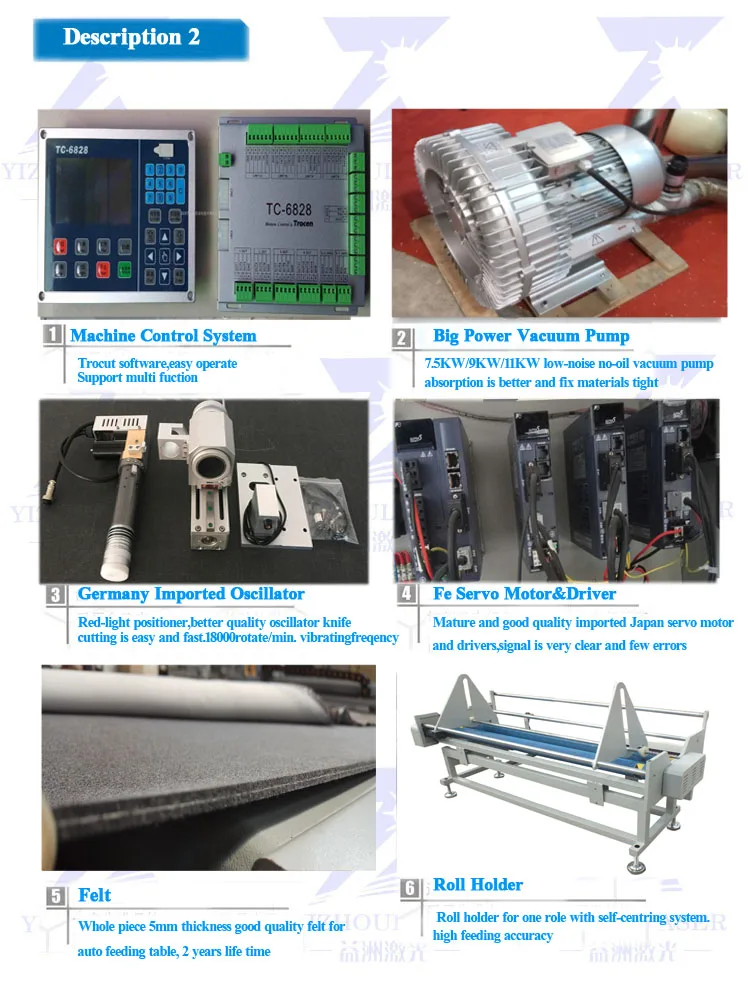
Chip clearance is easier because a thread mill generates short, comma-shaped chips whereas taps can create long stringy chips that “bird nest”. Their use as machining solutions for hard materials is another reason they’re almost always carbide. Thread Milling is better for harder materials because you can cut the material in smaller steps, and speeds and feeds can span a wider range than a tap, which is limited by the pitch of the thread being tapped. The teeth of a thread mill are larger and stronger than taps because of the reduced need for chip clearance. Thread milling is often preferred for expensive components and late stage machining for this reason. Removing broken taps is painful, especially if the tap is embedded in a part that’s already been machined at considerable expense. If you break a Thread Mill, it won’t get stuck in the part. That being the case, you might wonder why anyone ever uses a Threadmill? There are a number of advantages it has over Tapping that often make it the preferred choice of machining solutions include the following technical tips: 
If you need a perfect thread, you probably want to threadmill. However, thread milling is a more accurate, controllable, and safer machining solutions. Let’s get one thing out of the way up front– Tapping is faster than CNC Thread Milling.


The popularity of these machining solutions is Tapping, Single Point Threading, and Thread Milling in that order.Ī selection of threadmills. On lathes, single point threading (turned threads) and taps are used. Threadmills are cutters used in CNC milling machines to cut internal and external threads using machining solutions called “thread milling.” The other threading process for CNC Mills is Tapping.







 0 kommentar(er)
0 kommentar(er)
